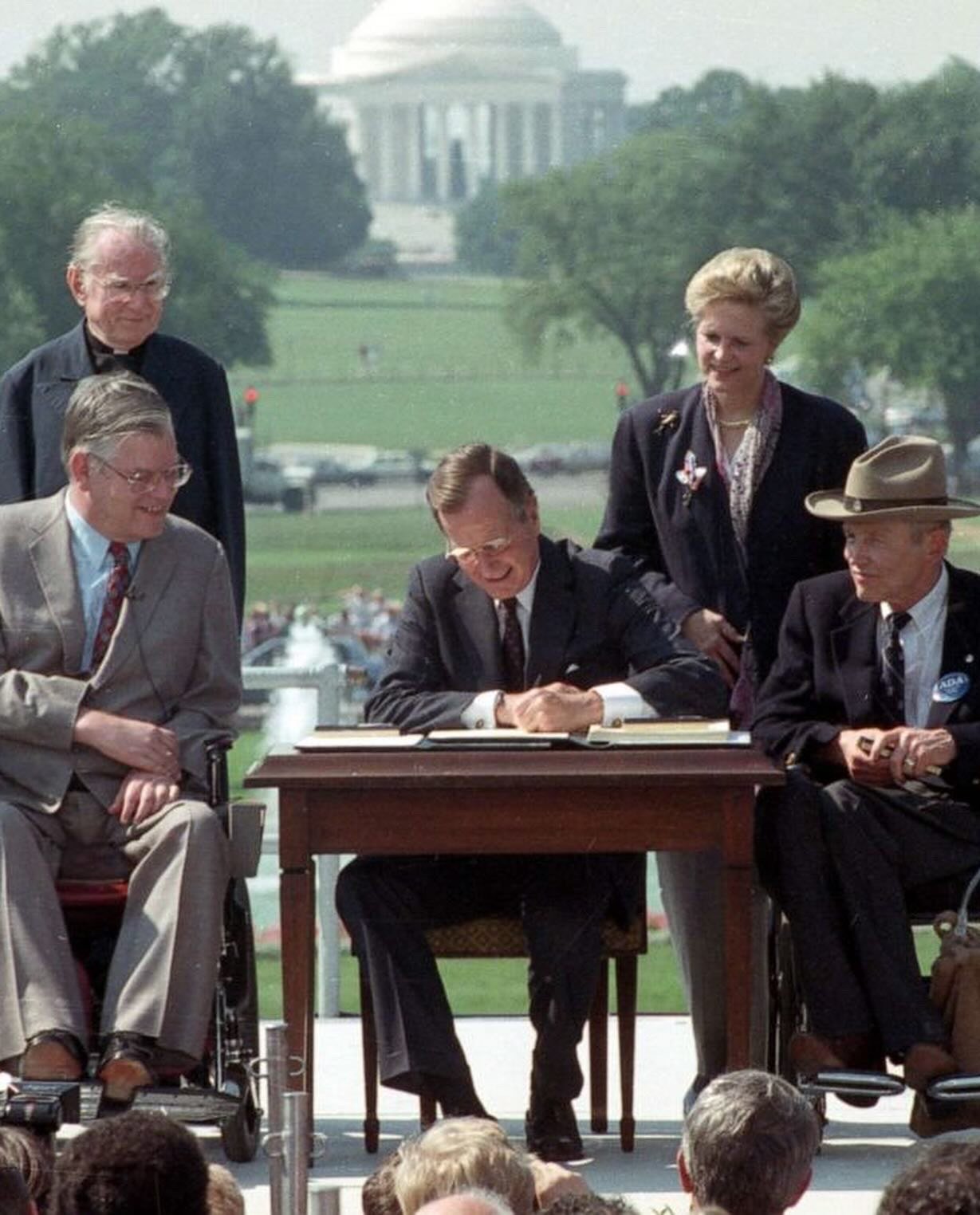Image Description: Kae’s brown hair is tied in a messy bun seen from behind, navigating a paved garden path in a sleek black power wheelchair. She is wearing a white graphic Hot Wheels t-shirt with a black checkered flag design and a black crossbody bag. Her arms and neck are adorned with tattoos. The path is surrounded by lush greenery and colourful wildflowers, with sunlight filtering through the trees. The image has a black border with bold white text that reads "Happy Rare Disease Day." A small Instagram handle, @lettereleven, is displayed in the bottom left corner.
Today is Rare Disease Day, and it matters more than you think. Living with a rare disease means navigating a reality you never signed up for. It challenges you, isolates you, and forces you to become an expert in something most people have never even heard of. When I was first diagnosed with Limb-Girdle Muscular Dystrophy 2B (LGMD2B), I didn’t know where to turn. No one around me understood, and for a long time, I stayed quiet—out of fear, shame, and exhaustion.
Fast forward to today: my diagnosis is no longer a secret I hide but a story I tell. I advocate because I know what it’s like to feel alone in this. I don’t want anyone to go through what I did, thinking their experiences are too rare to matter. They do. We do.
Rare Disease Day isn’t just a hashtag. Visibility leads to action. Research moves when we make noise. Funding follows when we demand it. Connection happens when we share our stories.
So whether you’re living with a rare disease, loving someone who is, or just learning about it today—you’re part of this movement, too. Listen, amplify, and stand with us. Because being rare shouldn’t mean being forgotten.
Happy Rare Disease Day, friends. 💚💜🦓
































































